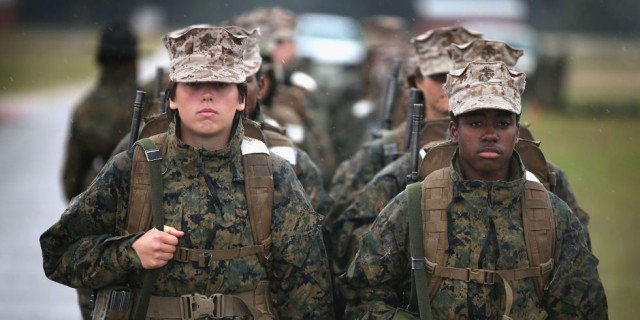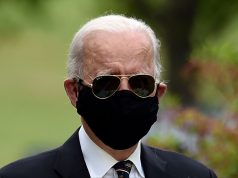In a press conference Thursday afternoon, U.S Defense Secretary Ash Carter announced that women will now be eligible for all combat jobs in the U.S. military. This marks a huge step forward for women in the U.S, breaking the so-called “brass ceiling”. However, it’s a move that has already been taken in Australia, and while it is an obtuse assumption that the move will be similarly taken-up by U.S women as by Australians, it’s still worth looking at the climate in Australia thus far.
As of April 2015, women make up 15 per cent of the Australian defence force, and while positions in the defence force have been open to women for many years, only recently women have been able to join the Special Force unit.
Unfortunately encouraging women to join is one of the challenges the ADF faces; women are often reluctant to join because of the male dominant culture that embeds the force. This stigma was made more vulgar after the 2011 Skype Sex scandal, that involved a male ADFA cadet broadcasting himself having sex with a female cadet without her knowledge. Along with events like this, it’s been found that a glass ceiling exists when it comes to higher ranking positions, further demoralising women and their decision to join. The Army is currently at 11.9 per cent female participation, with the aim of 15 per cent by 2023.
A new report from the Organisation for Economic Co-Operation and Development (OECD) released in July 2015, revealed the gap between women and men in ministerial positions in Australia has actually worsened since 2012 – making the Australian government ministry one of the worst in the developed in the world for gender balance.
While it’s too early to tell whether the U.S will experience the same challenges, it has already been assumed that the numbers will be small. But what’s more important to examine is how the U.S will deal with the hurdles and whether Australia will be able to learn a thing or two.










